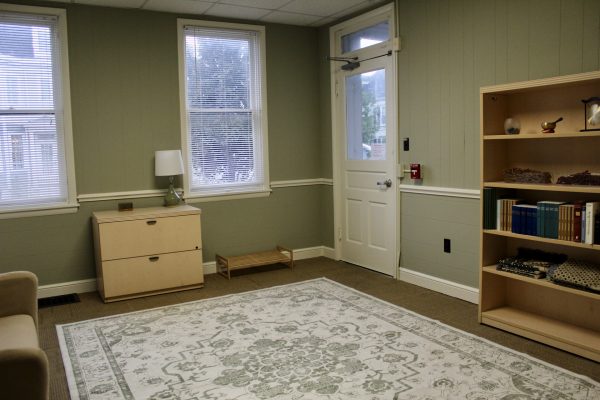Bias Incident Reporting Team Increasing Accessibility, Visibility
Increased accessibility of the Bias Education and Response Team (BERT) and the bias incident website this year have made bias incident reporting easier than in the past, reported Vincent Stephens, Ph. D., Director of the Popel Shaw Center and the Coordinator of the BERT team.
Stephens said that there has been a “handful” of bias incident reports filed so far this semester, but for reasons of confidentiality, cannot disclose details on the incidents.
“The primary action item for this year is to make the web and resources more visible,” Stephen commented on one of the goals of BERT.
BERT is comprised of members of the Dickinson community including faculty, staff and students. According to their website, this group serves as a resource to address both bias incidents and hate crimes. Members of BERT work with a variety of departments and programs on campus to “support and partner” with those targeted or affected by bias incidents or hate crimes on campus. Stephens is one of the leaders of this team, as well as Mike Reed, Vice President of Institutional Initiatives and Joyce Bylander, Vice President and Dean of Student Life.
When a bias incident is reported online, it is first determined by the team leaders whether a student or faculty member committed the bias incident. The bias incidents are not seen by the entire BERT team for confidentiality purposes. For student-to-student interactions, Stephens follows up with the person who reported the incident and gets the details of the situation within 24 hours. Reed follows the same procedure for faculty-to-student incidents.
To Stephens, one of the most important means of decreasing the number of bias incidents is through education. He said that in the future, links on the BERT website will connect Dickinson community members to information on bias incidents and hate crimes.
“[Oftentimes] students are not sure of the difference between bias incidents and hate crimes,” Stephens said. “A bias incident is discriminatory behavior based on perceived social criteria that violates community standards,” Stephens clarified, whereas a hate crime is “punishable by law.”
Stephens also said that we could reduce the amount of bias incidents on campus through the messages that Dickinson sends as a campus about diversity and about community standards.
“[The response] should be proactive and not reactive…we have to make it clear that we value diversity and acceptance and are a welcoming community…I think that’s the starting point,” Stephens said. “It’s important to provide the message early on about what we value as a community.”
Stephens mentioned the Dialogues to Action events in September and October, as well as the student-led dialogue held on Thursday, Nov. 19, as ways to communicate these values and messages. The dialogues aimed to create conversation around alleged inclusivity issues on campus.
“Very few things change without dialogue… [Through] dialogue, we develop the ability to empathize and become open to others’ experiences,” Stephens said. “As an institution, we have the opportunity to provide space to talk.”
To report an incident of bias or a hate crime, for more resources on these issues or to contact a member of the BERT team, go to www.dickinson.edu/bias.



